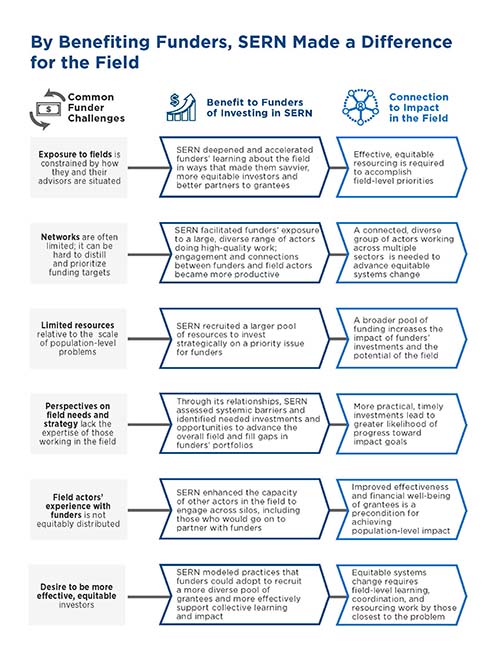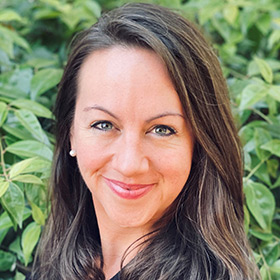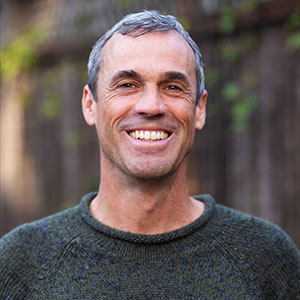Executive Summary
So many funders are intent on enabling equitable systems change–and so many are not quite sure how to go about it. They can start by partnering with a field catalyst. Field catalysts are essential for advancing equitable, systems-level change and are the most effective systems change tour guides around. They are also smart investments for any funder in any field: field catalysts deepen and extend a funder’s reach and turn relatively small amounts of dollars into larger impact across an
entire field.
Student Experience Research Network (SERN) was a quintessential field catalyst, marshaling efforts to build and apply knowledge about student experience that could help transform inequitable education systems. SERN ended its operations in 2023, but its story illustrates what is possible when funders and field catalysts work as peers and co-conspirators toward a shared goal. By centering its field’s progress and needs, rather than those of any individual actor, SERN worked with its funders to create the necessary conditions for building knowledge and changing narratives across the field.
By Benefiting Funders, SERN Made a Difference for the Field
Click the image below to learn more about the benefits of SERN's work to funders and the field.

“An organization who—alongside funders—can navigate that interstitial space and be the connective tissue among different groups of stakeholders with different needs and priorities is powerful,” says Brad Bernatek, former K-12 senior program officer at the Gates Foundation (formerly the Bill & Melinda Gates Foundation). “It brings them together in a way where they can be true to whatever point of view they bring to the table and actually learn from others.”
This article explores three main themes from SERN’s experience partnering with funders:
- How field catalysts cultivate vulnerable, joyful, bi-directional learning in service of greater field-level impact
- How mutually accountable partnerships can resource a field more effectively and equitably
- How funders and field catalyst organizations can adapt and evolve together to sustain progress in the face of change—even the decision to sunset an organization
In our work advising philanthropy, we have seen more and more funders want to better understand what systems change looks like. They want to be more effective, equitable investors in systemic solutions—not just in a few places, but on a massive scale. They want to learn how to work across issue areas and invest in organizations that shift unjust systems. They crave access to a larger and more diverse set of actors doing meaningful work in a field. From Bridgespan’s growing body of research and advisory work, one answer to those questions is clear: partner with and invest in field catalysts.




